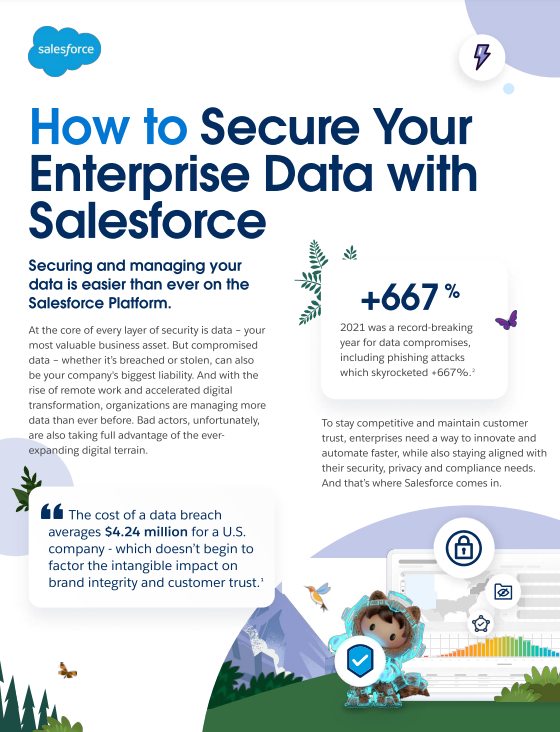
When revenues exceed expenses, you’re profitable. Sounds simple enough, but as any business owner knows, the rapid pace of technological and market change in a dynamic global economy means that what worked last year—or last month—may not rake in the earnings now.
Unprofitable firms can get caught in a macro version of what economists call a vicious circle: Lenders and investors shy away. Talented employees leave for greener pastures. The stock value diminishes, officer bonuses are cut, vendors aren’t paid according to terms. With limited resources, companies can’t pursue ambitious new business opportunities or make investments to sustain growth. For companies without outside funding, no profit means no capital.
That scenario keeps business leaders awake at night, a new survey of 361 business leaders by Brainyard shows. Increased profits are both a top success factor, and, along with achieving revenue goals, a major source of anxiety for 2020.
Experts say it’s reasonable for startups to take anywhere from one to three years to achieve profitability, subsisting in the meantime on outside funding. However, the burst of the dot-com bubble—which was largely inflated by venture capital infusions—as well as recent IPO flops by gig-economy darlings like Uber and We Work have changed the way business leaders and investors think about profitability.
WeWork, which lost $1.25 billion in Q3 2019 yet was valued at $47 billion, had to shift its corporate governance model to appease investors after a failed attempt at an initial public offering. Uber was forced to make its own set of sweeping changes. Often celebrated for its focus on growth and capturing market share, as losses pile up, including $5 billion in the second quarter of 2019, Uber investors are clamoring for a turn toward profits.
That pressure has Uber seeking to sell off its food-delivery business in India and reduce other money-losing ventures.
In short, the market is officially over high-flyers that are heavy on flashy business models and promises of market dominance without the results to back it all up. Both companies tried to substitute CEO charisma and messaging for profits and failed big time. Good old-fashioned profitability is in style, and the good news is that with modern strategies, tools, and techniques, companies at any level of the maturation scale can achieve their earnings goals.



